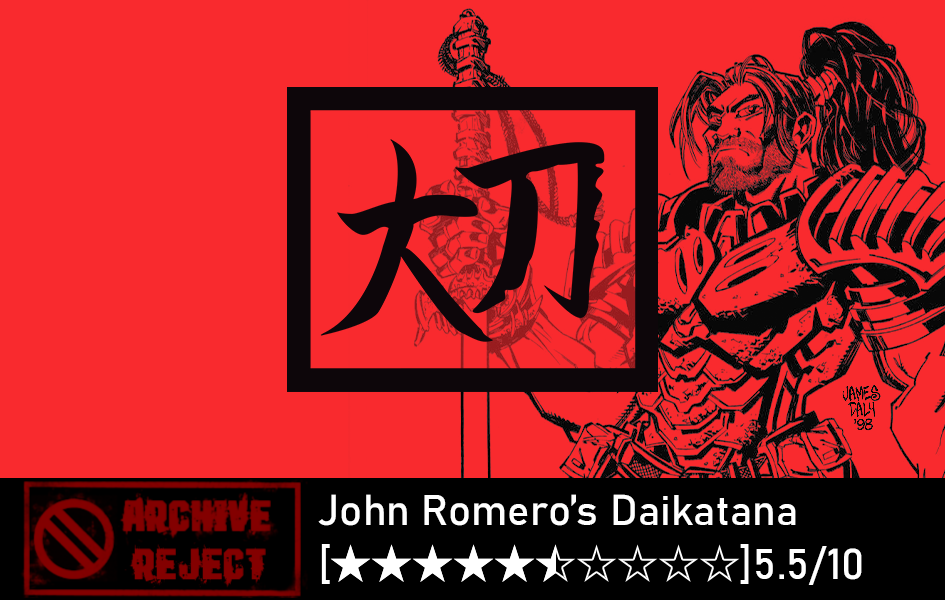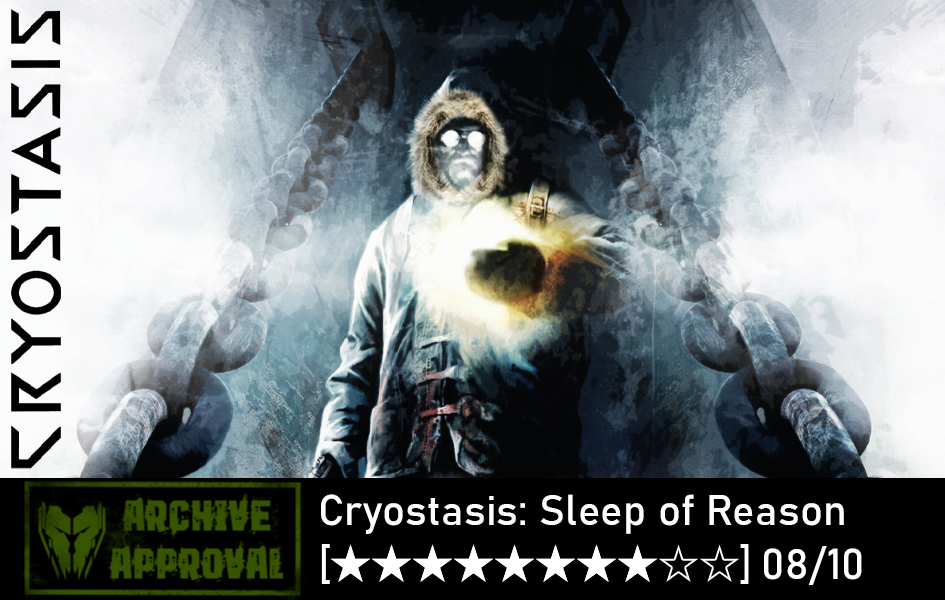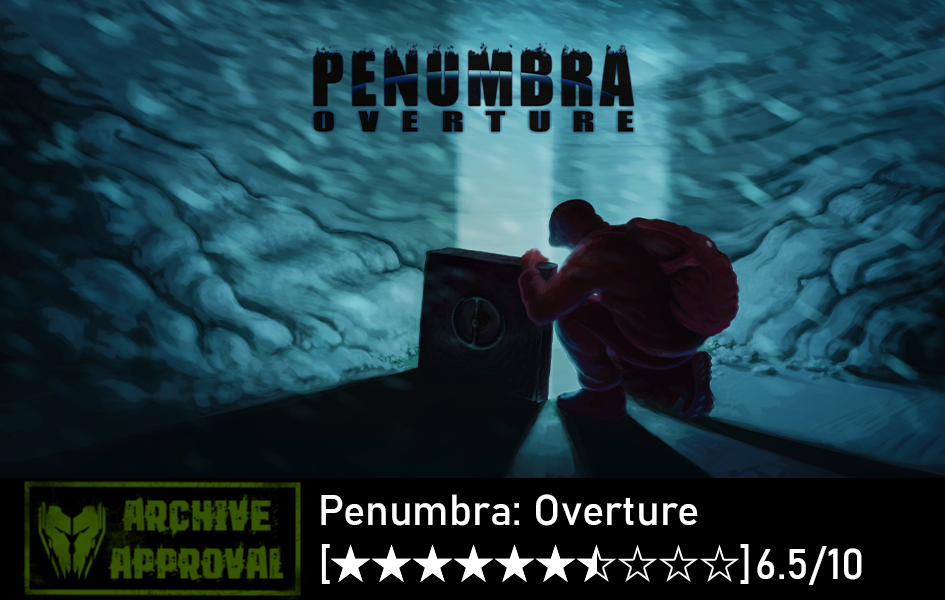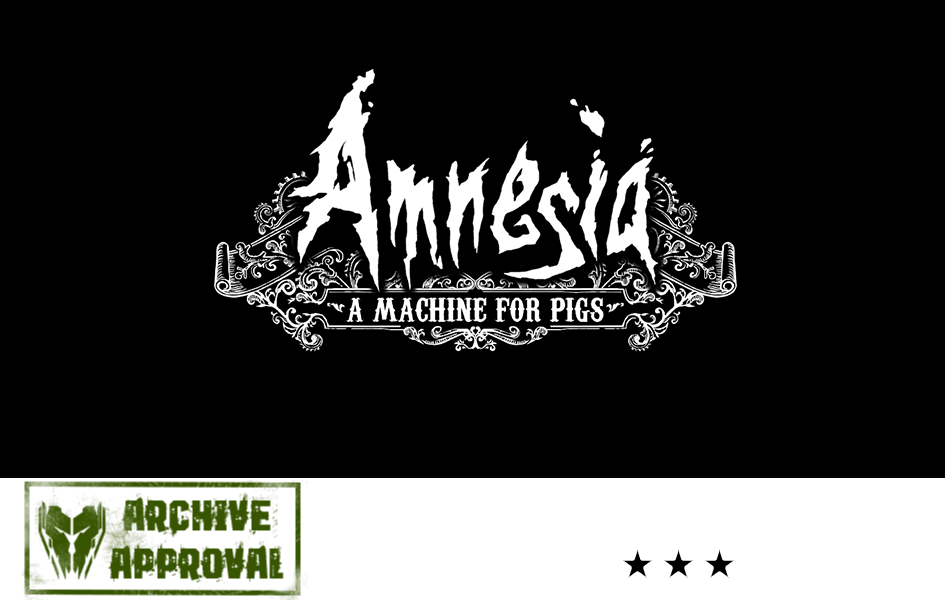[Review] John Romero's Daikatana
Daikatana is a First Person Shooter with RPG elements, developed by Ion Storm, with John Romero as the primary figure behind the game. Published by Eidos Interactive in April of 2000, three years after the planned 1997 release.
This review is for the 1.3 patch version of the game.
I also wrote a short article about its development and the uphill battle Ion Storm faced with the title.
/// Premise
Hiro Miyamoto, must wield the most powerful sword ever made, the Daikatana, and travel through time to find and stop Mishima Kage, a time-traveling warlord who altered time to become a supreme dictator. With the help of his two newfound allies, Superfly Johnson and Mikiko Ebihara.
/// Structure
The game's split into four separate episodes, consisting of around six maps each, culminating in a boss encounter. These are set in different ''eras'' with unique aesthetics, set of weapons, and enemies.
Inconsistency is the term that better describes this game's quality. Its first episode is dreadful and a substantial contributor to Daikatana's infamy. Surprisingly it turns into an enjoyable experience from E2 onwards, decaying back to a mediocre final episode 4. I can't believe I have done this, but here's a simple graph to better visualize it.
The overall pacing varies from atrocious to smooth as butter, with the AI sidekicks being the prime suspect for slowing things down.
The difficulty can go from borderline unfair to laughably easy based on the episode and what skills you upgraded. Allegedly, the Quality Assurance sessions for Daikatana focused on the hardest difficulty, which would explain why balancing is so precarious on normal.
Playing it on Hard sounds insane yet I have to say, the game is at its best in Shogun, as you level up much faster. You only have to survive past Episode one first.
It took me about 12 hours to complete the game in my first run on normal with sidekicks enabled and 10 hours for my Hard run without them.
/// RPG Mechanics and power-ups
Throughout the game, every enemy you kill will net you Experience, collect enough of it and, a skill point is given. These can be spent towards one of five attributes, maxing out at level five. You can keep track of your level progress and attributes through your hud.
These stats are:
•Power
Determinates the damage your weapons do per shot.
•Attack
Determinates the firing rate of your weapons.
•Speed
Determinates how fast Hiro can move.
•Acrobatics
Determinates your jumping ability.
•Vitality
Determinates Hiro's max health.
Of all of them, I recommend spending your points in Power and Attack first, vitality second. As they directly increase your DPS and survivability.
More Speed is welcome, but Hiro default movement speed is already excellent. Bunny hopping is easy to boot. As for acrobatics, I think it's a waste of points. Likewise, jump height over extra damage or fire rate is not worth it when you can simply rocket jump.
Power-ups
Often found in secret areas and sometimes in the open, the player will come across several power-ups. Attack, Speed, Acro, Power, and Vitality, can be boosted to level 5 for 30 seconds by picking up a respective power-up of the same name.
You will also collect:
•Mana Skull
Grants invulnerability for 30 seconds.
•Wraith orb
Grants 30 seconds if partial invisibility.
•Mega Shield
Grants 400 armor.
•Goldensoul
Heal the player for 100 health points with overheal (boosting over the cap).
/// Sidekicks
A few maps into episode 1, you will meet your first buddy Superfly and later Mikiko. They accompany you through the game. The player has to share resources with them, issuing commands to guide them through the map or to get weapons and ammo.
They suffer from several issues involving primarily navigation, getting stuck on random level geometry, and struggle notably when operating doors. These issues can lead to soft locking, especially in episode 4.
Patch 1.3 made significant improvements to their pathfinding. They get stuck less often but remain a hindrance to the player still. I could sit here and list the myriad inconveniences I had with them, but you likely already know how it is.
In my opinion, full AI hasn't been executed well to this day. Let alone between 97 and 2000, at least not without smoke and mirrors like teleporting them to the player when he is not looking.
/// Patch 1.3 and settings
Patch 1.3 is a community-made update, that aims to fix the many issues Daikatana has. It is also constantly updated to this day. You can download the patch here.
It features:
•Support for widescreen resolutions and anisotropic filtering.
•Improved AI pathfinding.
•Easy install of future updates.
•Option to make sidekicks invincible.
•Option to disable sidekicks entirely.
•Option to enable unlimited saves.
It makes the game playable on modern computers while also fixing bugs and enabling quality of life features.
How I played
In the first playthrough, I went with Samurai Difficulty, sidekicks enabled, and unlimited saves. A mediocre experience even when patched, the game still had pathfinding issues leading to soft locks. When it all worked well, I had an all-right experience. But when the problems got more exacerbated, it was frustrating to lead sidekicks by the nose around everything. I Finished in 12 hours at level 19 (counting the five that went into upgrading the Daikatana).
In the second playthrough, I rolled with Shogun Difficulty with companions disabled and unlimited saves. Shogun features more enemies, more XP, leading to a faster leveling progression. It also had more advanced platforming sequences. Overall t was not that harder than Samurai, except by hit scanners. I had significantly more fun, no more backtracking because Superfly got stuck in a door. Clocked in at 10 hours at level 25, maxing out all stats with no levels into the Daikatana.
What I recommend
•If you are a purist and want John Romero to make you his b*tch
Play with the original save system with sidekicks enabled. Good luck.
•If you want something closer to the original but with a fail save in case of AI shenanigans
Play with sidekicks enabled and unlimited saves. Save very often.
•If you want more of a traditional shooter experience with no AI babysitting
Play with sidekicks disabled and whatever save system you prefer.
Extra Quality of Life settings
•Enable auto targetting
Because small, hard-to-hit enemies are a recurring factor throughout the game. The soft auto-aim helps a lot in dealing with them.
•Enable bonus save gems at the start
Even if playing with infinite saves, there is at least one instance where a save gem is used to communicate a hidden pressure plate necessary to progress. So consider them as collectibles.
•Toggle off Sidekick Exit Warning
I missed this the first time around, located in Options page 2, in case it does what I think it does if turned off, it allows you to go through map load screens without having to wait for companions to catch up, which is a nice QoL.
/// Episodes
Due to the inconsistency of Daikatana, I will have to talk about each of the four episodes individually. But before a quick look at aspects present in all of them.
Enemies
Their designs can be neat, like the mechanical boar with a missile launcher. But for the gameplay itself, they are overall generic fodder that just beeline and shoot you, with no distinct mechanics.
It's a shame, as it leaves them with very few memorable encounters. Episode 3 is the only one with a more engaging enemy behavior in the form of undead.
And much like sidekicks, they suffer from AI issues, often getting stuck and having troubles reacting to the player if changes of elevation like ladders and platforms are involved.
Weapons
I initially wrote about four pages worth of text, listing and detailing each of the twenty-seven weapons present in the game. But I ended up cutting it entirely for the sake of brevity. Each episode sports its own set of them according to the episode aesthetics and they follow a loose structure that consists of:
•Reliable low damage weapons
During the early maps of the episode, it's often your workhorse, at least until you have enough ammo for the other guns. Later best suited for dealing with small adversaries.
•High damage, high-risk weapons
These weapons include a gimmick to incentivize a skilled playstyle. Rewarding precision, ricocheting shots off walls, avoiding self-damage, etc. These can backfire, as they can make it inconvenient to use. I also can't shake the feeling that these are in the game for a competitive death-match experience than made with the singleplayer game in mind. But that is just speculation on my part.
•Rocket launcher types
Might not be a traditional rocket launcher, maybe it's a Trident or a Ballista, but it fits the bill in terms of damage and enabling jump boosts with splash damage knockback.
•Super weapons
Limited ammo, obscene damage, can and will often kill you if not careful. From laser grenades to wizard's staves.
•The Daikatana
As soon as episode 2 starts, your melee weapon until the end of the game is the Daikatana. The weapon begins with mediocre damage, but by killing, it can absorb Experience, which will gradually boost the sword's attack speed and damage. The catch is that the Experience taken by the sword does not go towards Hiro's leveling progress, meaning that a fully powered Daikatana will take 5 levels worth of Experience.
You can track your Daikatana level by pressing Tab, it will display a fraction representing your XP progress, starting on 1.00 up until 5.00.
Is it worth giving up Experience to the Daikatana?
Yes, it becomes a powerhouse of a melee weapon by the end of it.
Can I ignore it and never level the Daikatana up?
Also yes, you don't have to level the sword up to beat the game.
If you plan on leveling the sword you have up until the beginning of Episode 4, as there will be plenty of melee only enemies for you to wack with the sword without much risk of getting gunned down.
/// Episode One
Set in 2455, Hiro starts his journey here, infiltrating the Mishima Complex to save Mikiko and acquire the Daikatana. But before that, he will also meet Superfly Johnson and witness some of the wrongdoings of Mishima.
This first episode is by far the worst in the entire game and a large contributor to the negative reputation. You will go from the poisonous swamps to the cramped corridors of the larger complex.
The level design is awful for the gameplay flow as the path to progression is often poorly communicated, for example, glass. Some may be breakable, but most are indestructible, with no apparent difference between the two.
Players can often find themselves stuck. My tip is to keep your eyes open for out-of-the-way power boxes, interactable terminals, air vents, breakable windows, or water pipes.
As for enemies, you will face small mechanical animals, hit scanning soldiers, turrets, drones, and large mechs. Their placements in the maps are also pretty bad leading to some of the first Certified John Romero Moments ™ in the game, where you will get blindsided by enemies in unexpected places or fall for Flatout traps. Like opening a door and getting punched in the face by a mech.
Anyone familiar with Romero's technique knows that he enjoys putting the player through unexpected scenarios, which he has done since Doom. It's something that I respect, but in Daikatana, it just worsens the game's reputation as unfair and unbalanced.
/// Episode Two
Surprisingly, Daikatana gets good.
E2 starts with Hiro being teleported back in time to 1200 B.C, in ancient Greece. Your mission is to get your bearings and locate your missing companions, concluding in a battle with the legendary Medusa.
The taste of green muck from the E1 environments is washed away with beautiful, well-lit, ancient Greek temples and light blue water bodies. And for most of the episode, you will be without sidekicks.
The level design here is awesome, it opens up to more spacious areas that enable fluid combat, and they made me realize how tight the movement in Daikatana is. Bunny hopping feels genuinely good, likely the best the Quake 2 engine ever had.
There are also no hit scanners in this episode. We got spooky skeletons, giant spiders, harpies, griffins, Bronze statues, and other beasts of myth. E2 chills with the John Romero Moments ™ and its borderline unfair traps. Although there are still some so keep your eyes out.
The only negative thing I have about E2 enemies is that Greece has a severe infestation of small spiders. They are the tiny enemy of the episode, and they are everywhere. Arachnophobes beware.
The designer's one blunder was including a key and switch hunt segment near the end, which gave me Hexen flashbacks. It ruins the perfect pacing the episode had until now.
You have to find five keys and five switches in total to open a gate. This level took me around 40 minutes to complete the second time when I knew where the keys were. I will save you some backtracking: The first key can be found in a spider-shaped water pool, rather than at the hub area where the others are.
/// Episode Three
After the fight with Medusa and a failed time travel attempt, Hiro and his friends end up in the year 560, in the middle of a freezing winter, near a medieval village ravaged by the bubonic plague. Quickly sent on a quest to rebuild king Gharroth's sword, the only magical artifact capable of recharging the Daikatana for another time jump.
While this episode is good, it immediately starts with another item hunt to find three keys, though if you skipped the cutscene or zoned out while the local priest was spilling exposition about how the king turned insane, you're in for a hard time, as he won't repeat them.
While this hunt isn't as extensive as the one in E2, the path to what you're seeking isn't always clear. Things get back on track once that's done, and you're on your way to the mountains.
These following levels have a familiar Quake feeling, with compelling gothic architecture, you will transverse blazing dungeons filled with lava, to freezing castles high up in the mountains. They are my favorite levels in the game.
In regards to attackers, you will find the usual suspects for a medieval setting, Knights dwarfs, that sort of thing. But also more distinct werewolves and teleporting zombies that will only stay dead if gibbed.
/// Episode Four
After finally traveling to the time he wanted with the king's aid, Hiro arrives in San Francisco in 2030. Landing straight in the middle of Alcatraz.
After escaping by boat from the narrow corridors of the prison, Hiro stumbles his way into Mishima Labs to warn Mikiko's ancestors about Kage's misdeeds and find his location. After taking an elevator, you explore Mishima's hideout, an aesthetically beautiful traditional Japanese construction, with a pagoda tower and everything.
The game then ends after pursuing Mishima to an underwater military base. There you will have some platforming before the final boss. Mishima wields another Daikatana that summons ghosts, you just shoot them until Mishima opens up his defense to be damaged.
It is a rather boring and uneventful final level, there are no cool setpieces, no samurai duel, just a bullet sponge at a dull submarine hangar.
This episode ruins the fun from the previous two ones and pushes the game back into mediocrity.
Visually the episode is disappointing back to grey uninspired environments (except for the hideout map). The poor level design and Hitscanners from E1 also come back with a vengeance.
/// Conclusion
Over time, diving into Daikatana's development history and the gameplay itself became a guilty pleasure of mine. I wish I could give it a higher score, but even when patched it still has a ton of issues.
To say that I didn't have fun at any moment in Daikatana would be a blatant lie. Is it a bad game? No, not really. It's an ok, sometimes really engaging shooter when everything clicks into place. It ultimately suffers from crippling AI issues, erratic level design, and a shoddy reputation predominantly for its development drama.
It is a hard pass for anyone not interested in its history or without a thick skin for jank games.
''I can't leave without my buddy Superfly''
-Hiro Miyamoto

















Comments
Post a Comment